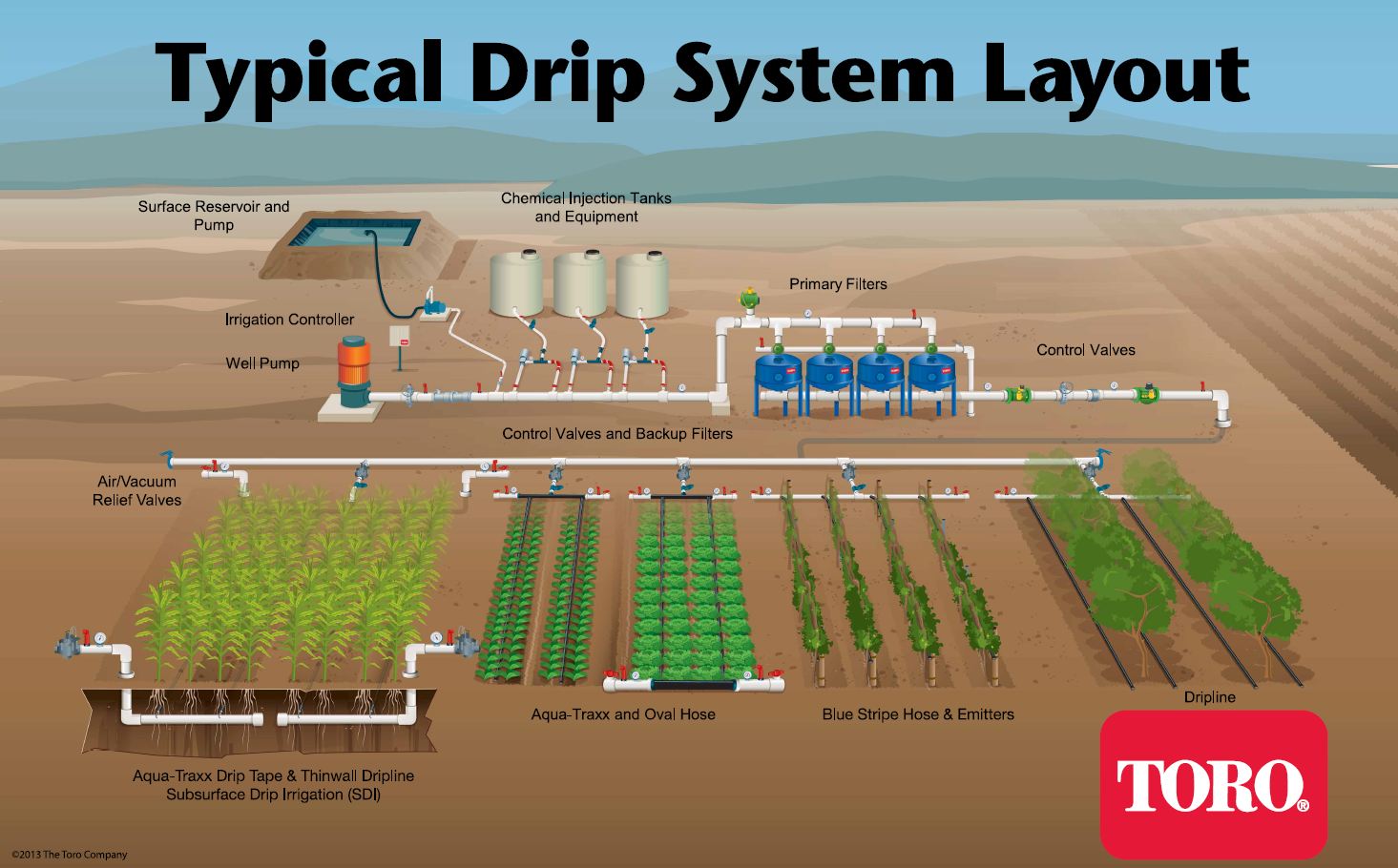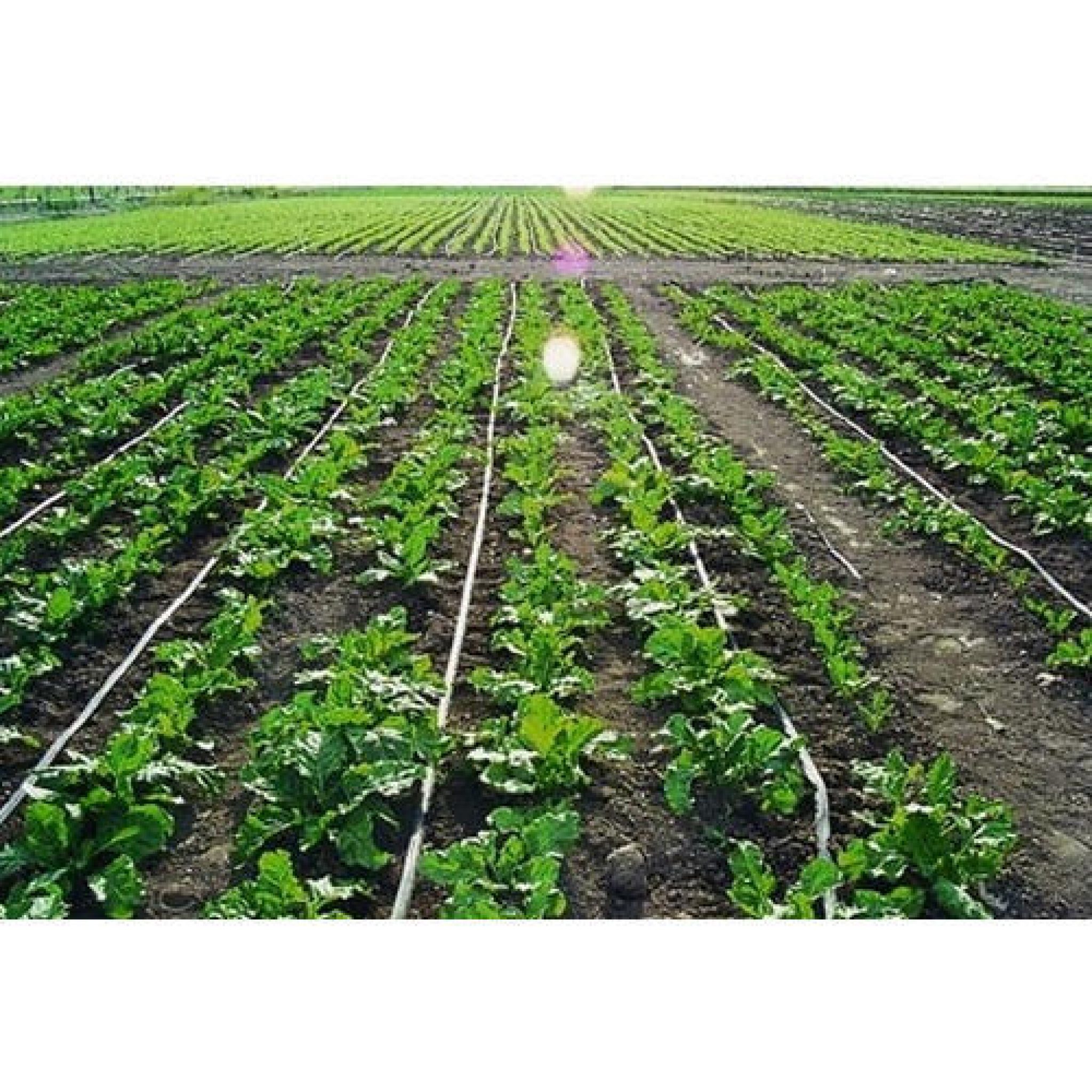
Eco-Drip has been committed to SDI since installing our first system in 1980. SDI systems are mainly used in row crop agriculture but are making their way into some high value crops.

These systems are permanent, making design and installation critical to ensure longevity. These systems are typically used on high value crops due to the yearly expense of new dripline and the labor for installation.Ī subsurface drip irrigation (SDI) system uses 20” – 27” emitter spacing and a slightly thicker wall (13-15mil) dripline injected 8” – 14” below the surface. In this video, Doug Donahue from Ewing Irrigation explain.

The submains can be permanent or temporary. Drip irrigation is one of the most efficient ways to deliver water to the plants in your landscape. These systems are often referred to as “temporary” because the dripline is retrieved and recycled yearly. There are two main types of drip irrigation systems – surface and sub-surface.Ī surface drip irrigation system uses close emitter spacing (12”-18”) and a thin wall (8-10 mil) dripline injected 1” to 6” below the surface. Main-tenance costs are often lower due to reduced overspray, runoff, erosion, compaction, water staining, and property damage. Inline drip irrigation limits the potential for liability by reducing or eliminating overspray on buildings, walkways, roadways, and other trafficked areas. A properly designed and managed drip irrigation system gives producers the best uniformity and application efficiency available, consequently saving them time, energy, and water, all while maximizing yields. Drip irrigation is an ideal solution for irregular or small areas. It allows automation of the irrigation system, reducing labor requirements. It can reduce the incidence of many fungal diseases by reducing humidity in the crop canopy and keeping foliage dry. The water and fertilizer are delivered directly to the crop root zone, eliminating runoff, evaporation, and drift. Drip irrigation can stretch a limited water supply to cover up to 25 percent more acreage than a typical sprinkler system. Eco-Drip has been committed to SDI since installing our first system in 1980.Drip irrigation is the practice of applying small amounts of water and fertilizer uniformly across a specific area.
Drip irrigation install#
Drip irrigation experts commonly install a threaded end cap at a low point in the system which allows the water to be drained out of the system easily.

These systems are typically used on high value crops due to the yearly expense of new dripline and the labor for installation.Ī subsurface drip irrigation (SDI) system uses 20” – 27” emitter spacing and a slightly thicker wall (13-15mil) dripline injected 8” – 14” below the surface. Most drip irrigation parts are made of extremely durable plastic which can withstand freezing temperatures as long as the water is removed from the system. The submains can be permanent or temporary. Another benefit is the use of timers so that the emitters only go off at the optimal times to conserve water and reduce your overall cost of. These systems are often referred to as “temporary” because the dripline is retrieved and recycled yearly. Drip irrigation systems target certain areas of a garden, container plants, raised beds, retaining walls, greenhouse, or medians based on their actual need and deliver only the precise amount of water. A properly designed and managed drip irrigation system gives producers the best uniformity and application efficiency available, consequently saving them time, energy, and water, all while maximizing yields. The water and fertilizer are delivered directly to the crop root zone, eliminating runoff, evaporation, and drift. Drip irrigation is the practice of applying small amounts of water and fertilizer uniformly across a specific area.


 0 kommentar(er)
0 kommentar(er)
